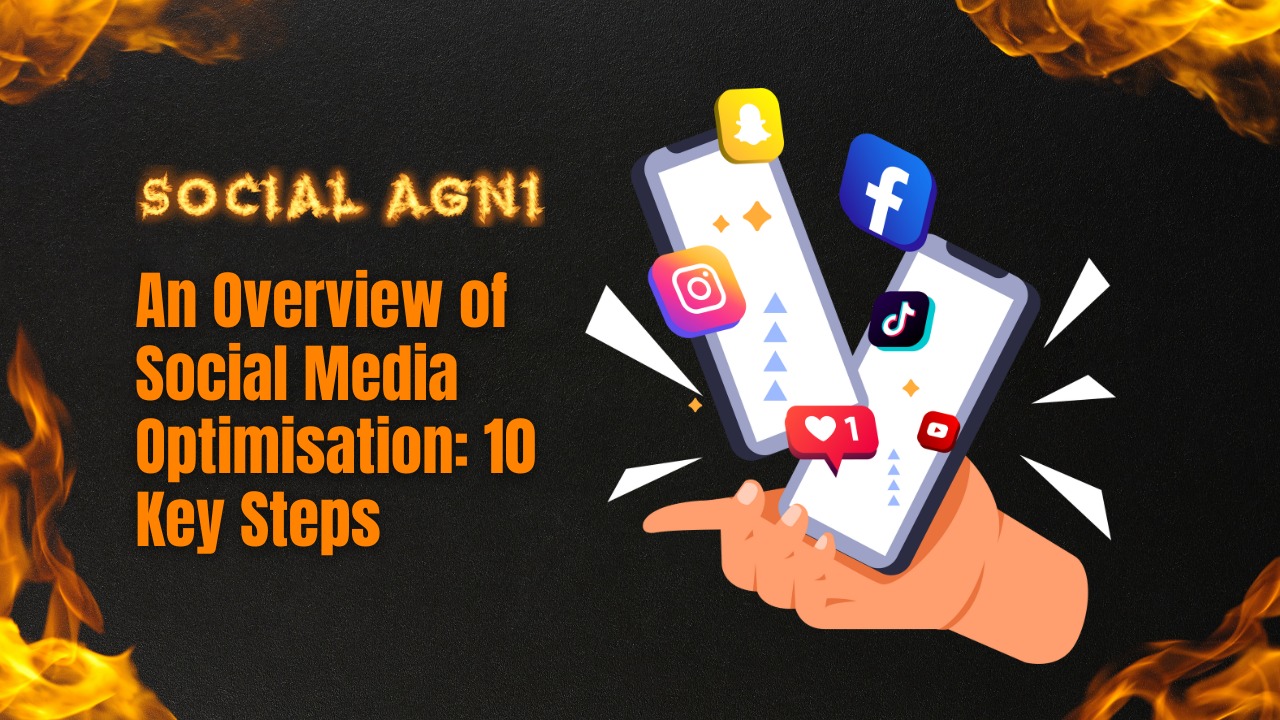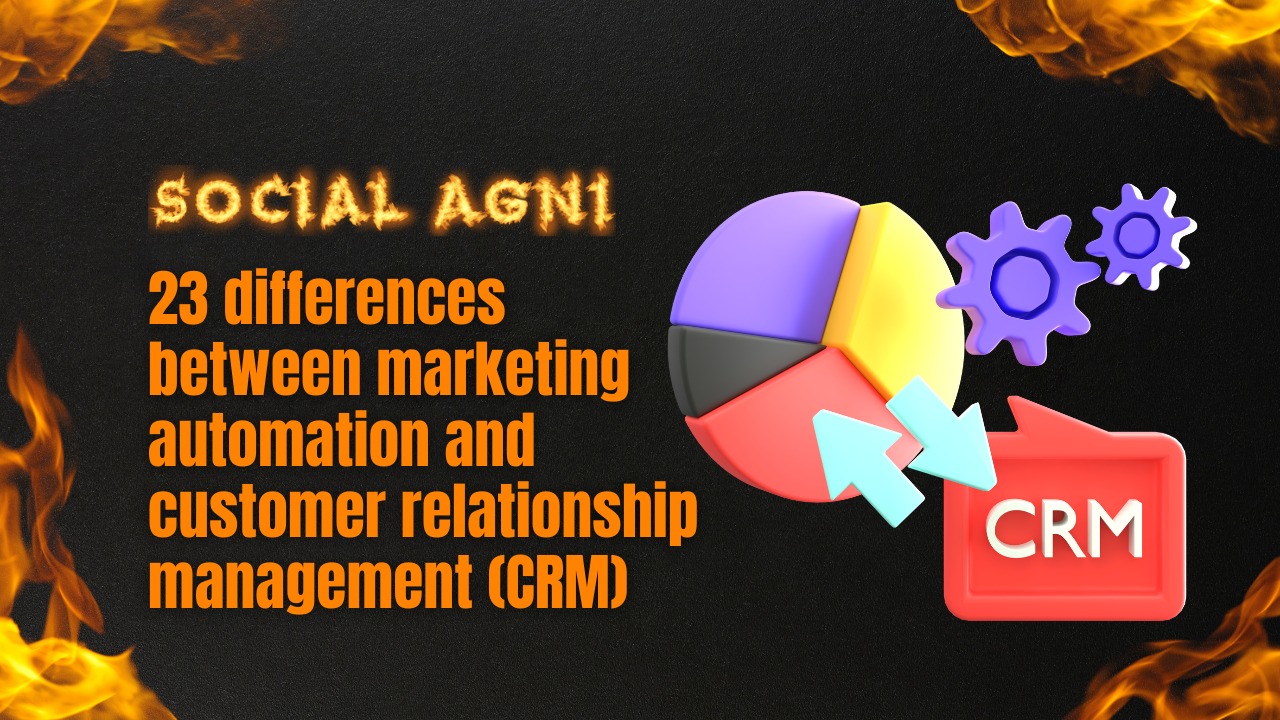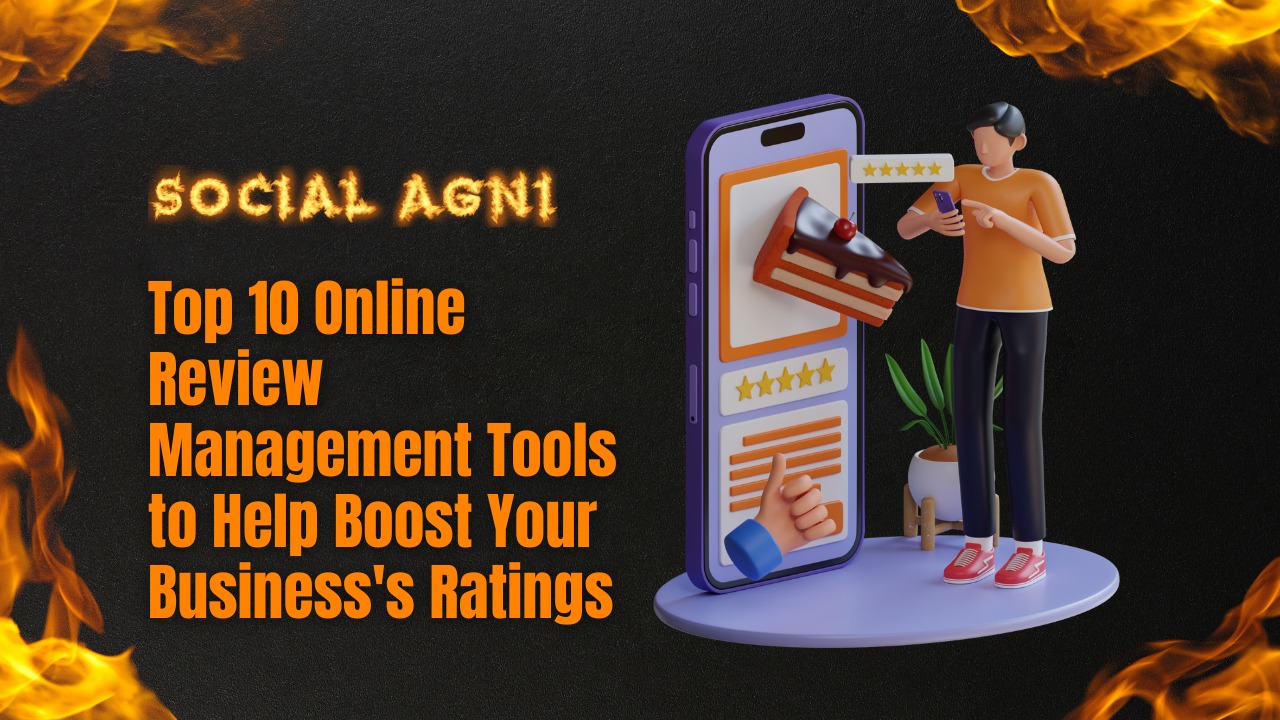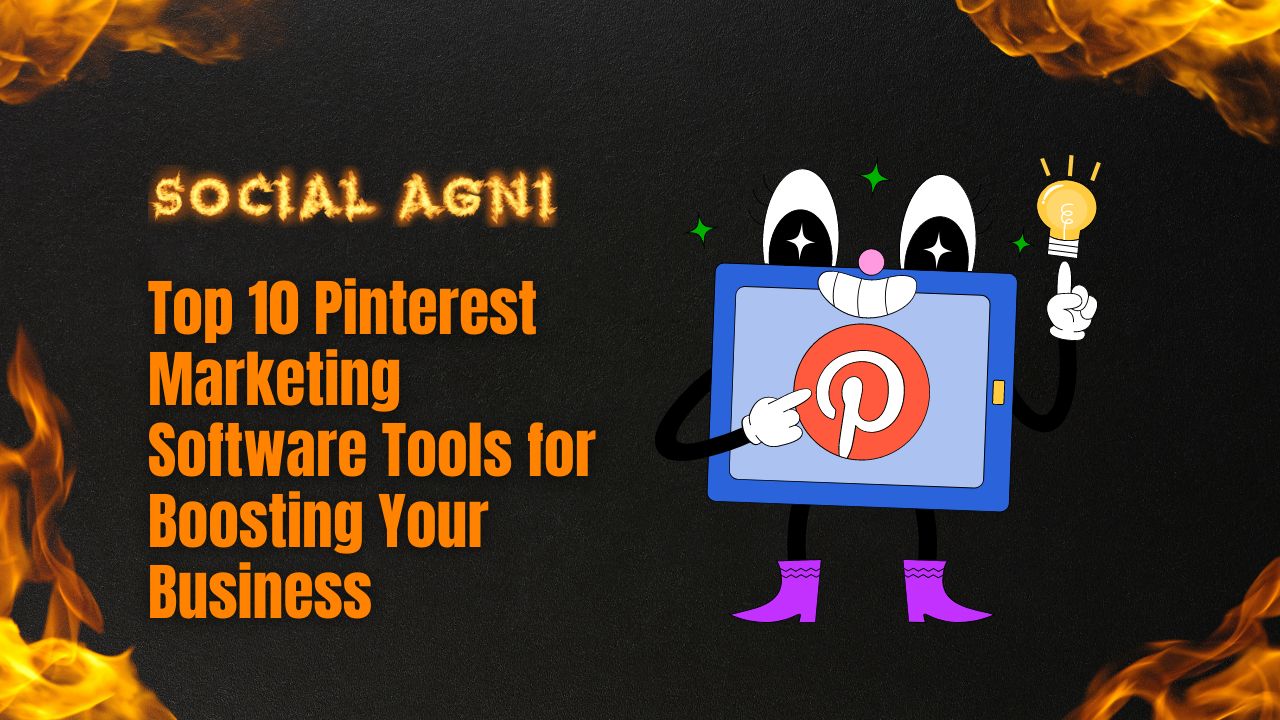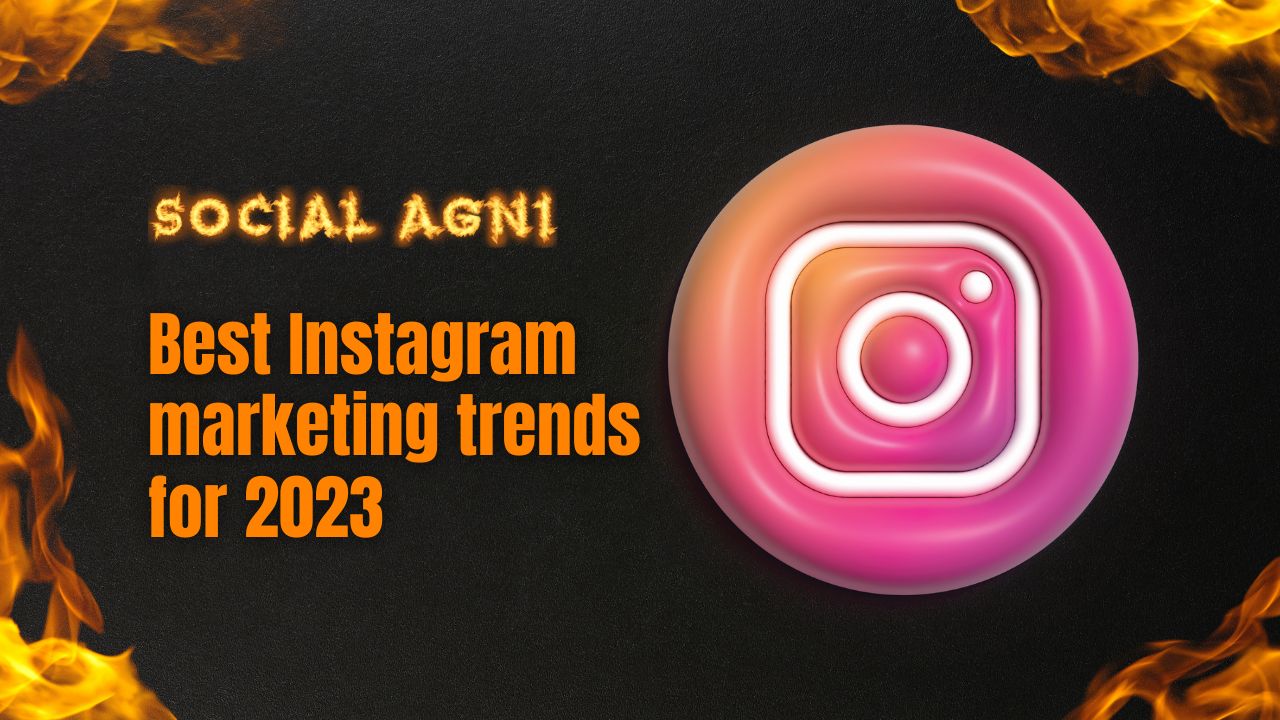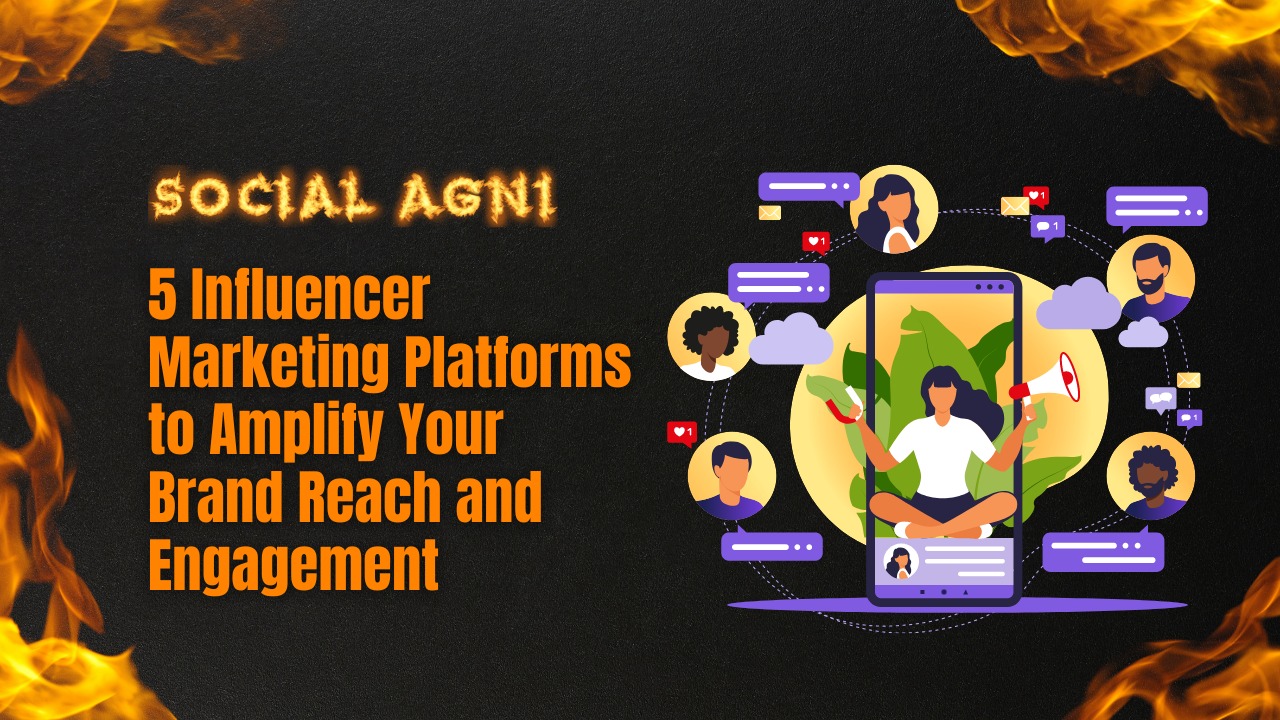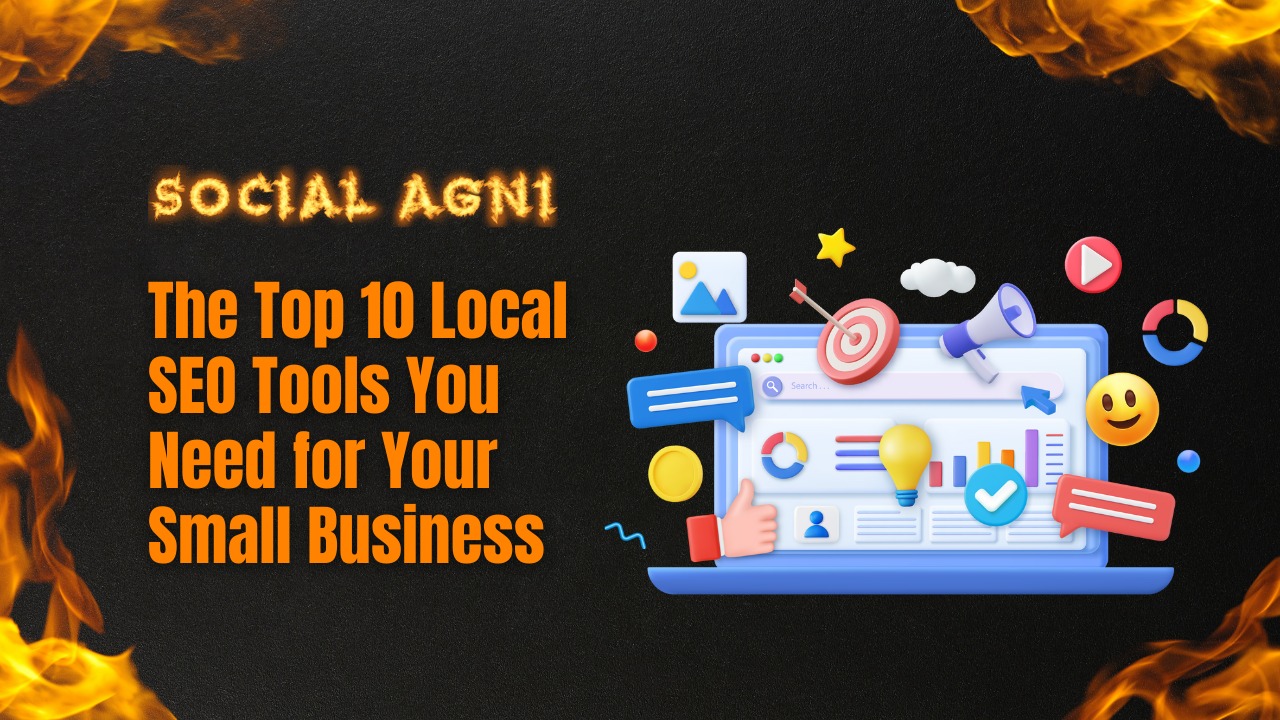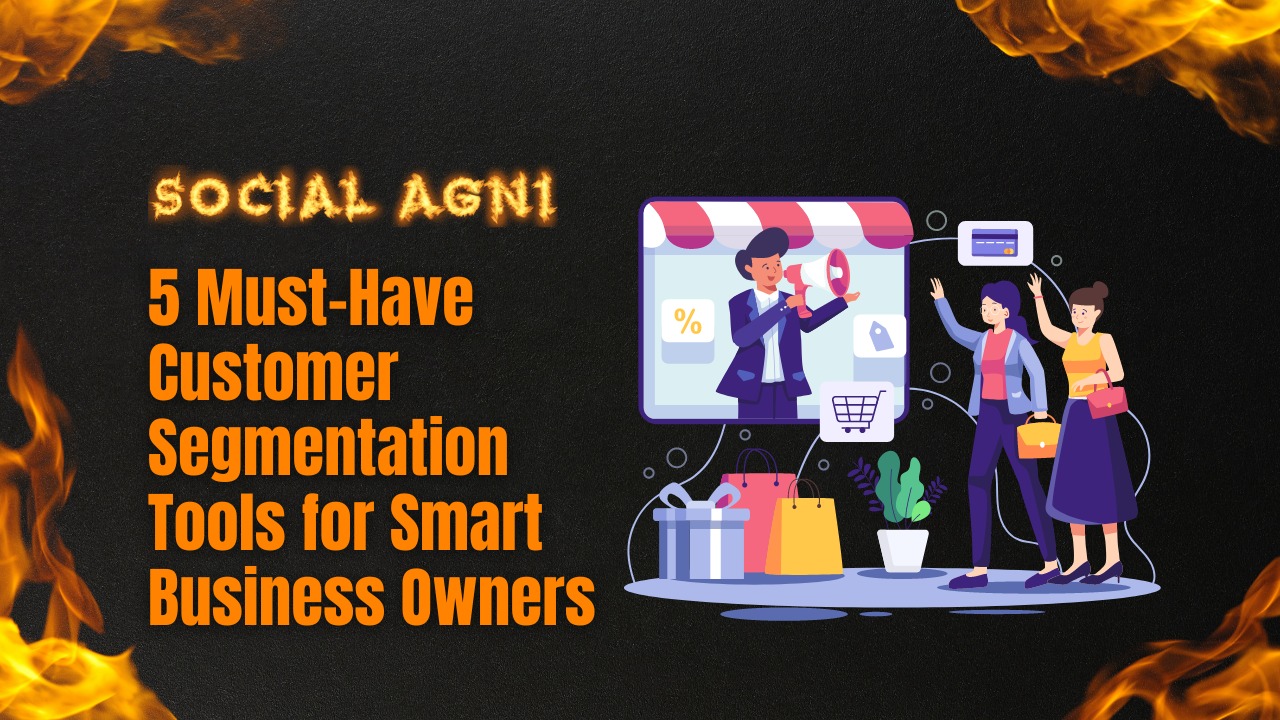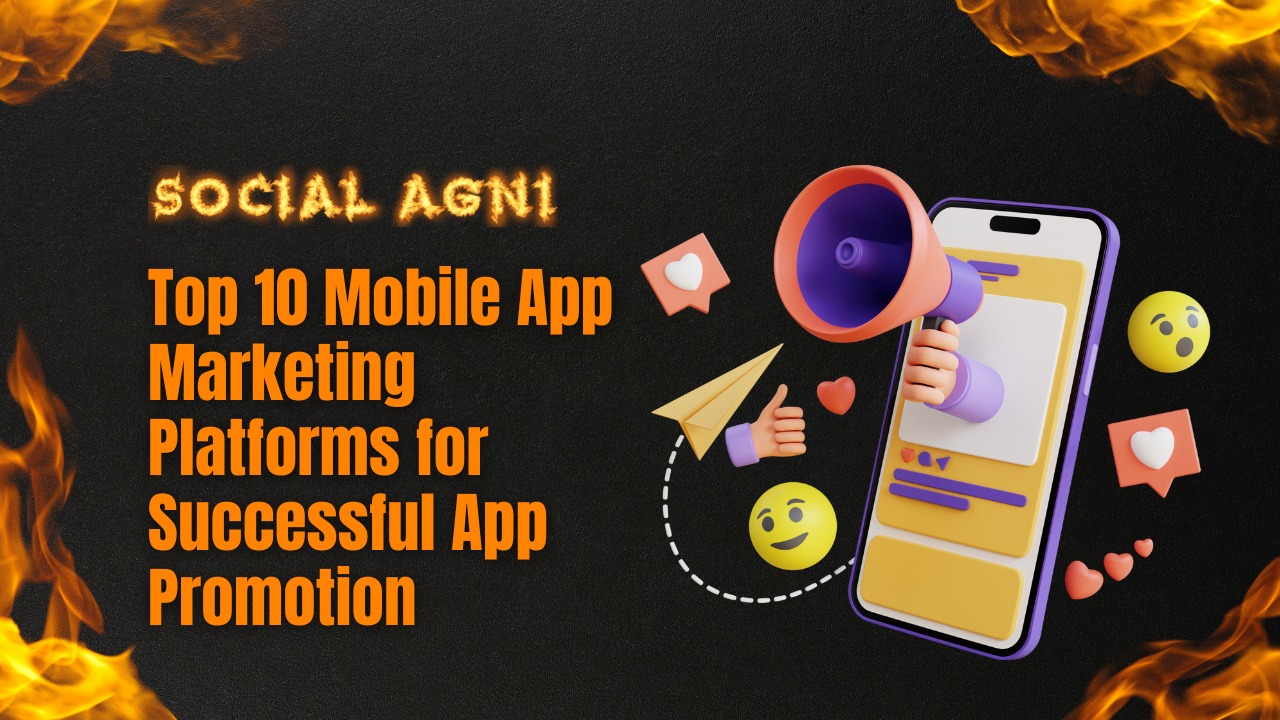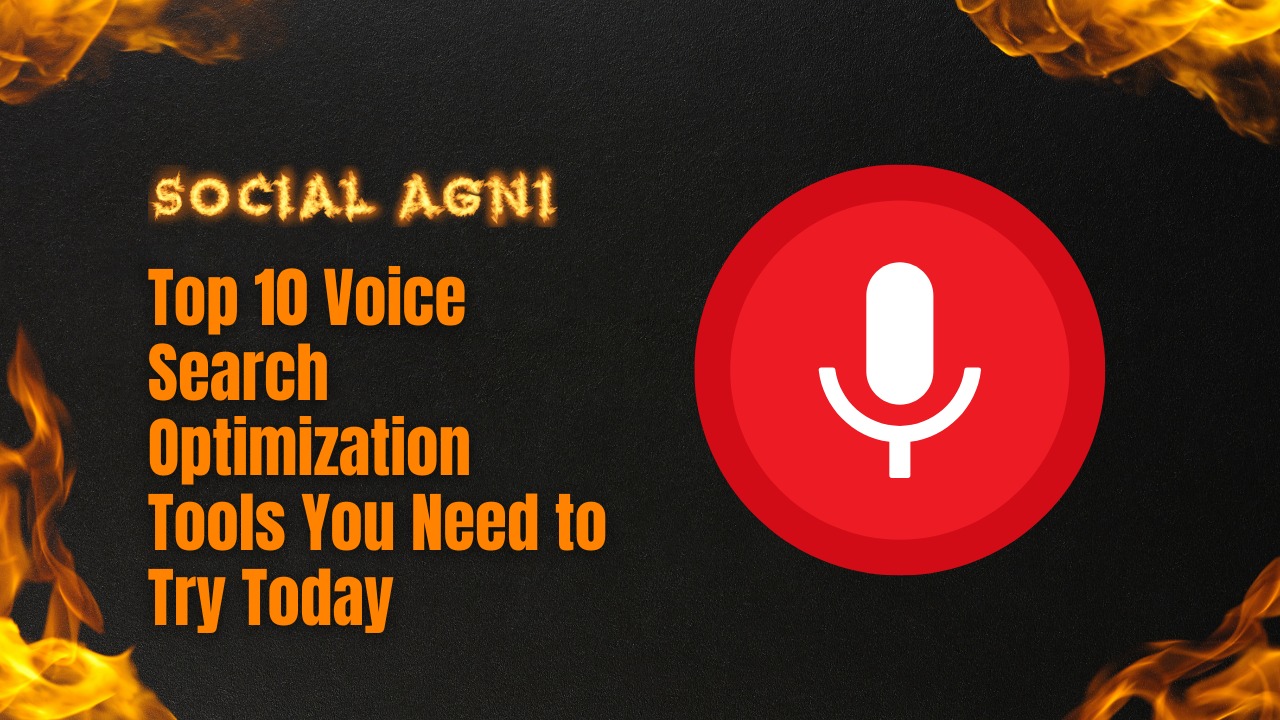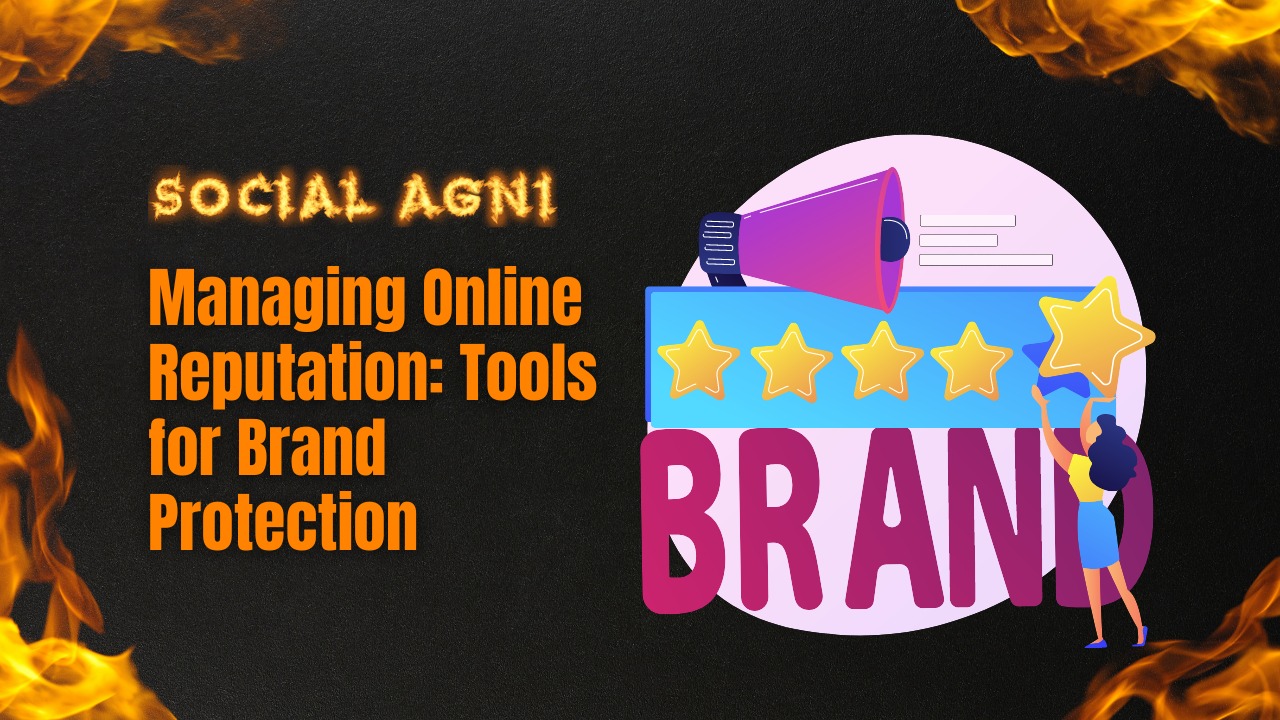What is Social Media Optimisation?
Social media optimization (SMO) refers to the process of optimizing social media platforms to enhance the visibility, credibility, and reach of a brand. The goal of social media optimization is to create a strong online presence on social media platforms by engaging with the target audience, creating valuable and relevant content, and optimizing social media profiles and content for search engines and social media algorithms.
SMO involves various tactics, such as creating engaging content, using relevant keywords and hashtags, optimizing images and videos, engaging with the audience, using social media advertising, collaborating with influencers, and monitoring and measuring social media performance. SMO is an essential aspect of modern-day marketing, as social media has become a powerful tool to reach a wider audience, create brand awareness, and drive traffic to websites.
In this article, we will provide an overview of social media optimization, highlighting ten key steps that businesses can take to optimize their social media presence.
Understand Your Audience
Understanding your target audience is the first and foremost step towards social media optimization. It is crucial to know who your audience is, what their preferences are, and what social media platforms they use. This knowledge will help you create content that resonates with your audience, and it will also help you choose the right social media platforms to engage with your audience.
Create a Social Media Strategy
Creating a social media strategy is essential to ensure that your social media efforts are aligned with your business goals. Your social media strategy should outline your objectives, target audience, key performance indicators (KPIs), and the social media platforms you will use. A well-defined social media strategy will help you stay focused, measure your progress, and make data-driven decisions.
Optimize Your Social Media Profiles
Your social media profiles are the face of your brand on social media platforms. It is crucial to optimize your profiles to make them attractive, informative, and credible. Ensure that your profile picture, cover photo, and bio are consistent across all your social media platforms. Use relevant keywords in your bio and description to help your audience find you easily. Add links to your website and other social media profiles to drive traffic and increase your online presence.
Create Engaging Content
Creating engaging content is the key to social media success. Your content should be valuable, relevant, and entertaining to your target audience. Use a mix of content types, such as images, videos, infographics, and blogs, to keep your audience engaged. Use hashtags to make your content discoverable and shareable. Ensure that your content aligns with your brand voice and social media strategy.
Optimize Your Content
Optimizing your content for social media is essential to increase its visibility and reach. Use high-quality images and videos that are optimized for social media platforms. Use relevant keywords and hashtags in your content to make it discoverable. Use social media scheduling tools to post your content at the right time when your audience is most active. Analyze your content performance using social media analytics tools to refine your content strategy.
Engage with Your Audience
Engaging with your audience is crucial to build relationships, establish credibility, and drive traffic to your website. Respond to comments, messages, and mentions promptly. Encourage user-generated content (UGC) by running contests, surveys, and polls. Show appreciation by sharing user-generated content on your social media platforms. Use social listening tools to monitor what people are saying about your brand and respond to any negative feedback promptly.
Use Paid Social Media Advertising
Paid social media advertising is a powerful tool to reach a wider audience, generate leads, and drive sales. Facebook, Twitter, LinkedIn, and Instagram offer various advertising options to target your audience based on demographics, interests, behaviors, and location. Use A/B testing to refine your ad targeting, creative, and copy. Analyze your ad performance regularly and adjust your strategy accordingly.
Collaborate with Influencers
Collaborating with influencers is an effective way to leverage their followers and increase your brand awareness. Choose influencers whose audience matches your target audience and who have a good engagement rate. Offer incentives such as free products, discounts or payments for sponsored posts. Ensure that the influencers you collaborate with align with your brand values and message.
Monitor and Measure Your Performance
Monitoring and measuring your social media performance is crucial to understand what works and what doesn’t. Use social media analytics tools to track your metrics such as engagement rate, reach, impressions, and conversions. Analyze your data to refine your social media strategy, content, and ad targeting. Use A/B testing to compare different tactics and determine which ones work best.
Stay Up-to-Date with Social Media Trends
Social media is constantly evolving, and it is crucial to stay up-to-date with the latest trends and best practices. Join social media groups, attend webinars, and read blogs to stay informed. Experiment with new features and tactics to stay ahead of your competition. Be open to learning and adapting your strategy based on new insights and data.
Let’s see how Social Media Optimisation is Important for All-over Growth
Social media optimization is crucial for the growth of businesses in today’s digital age. By increasing visibility and reach, building brand awareness, driving traffic to websites, boosting engagement, enhancing customer experience, and analyzing and refining strategy, businesses can leverage the power of social media to drive growth and success
Here are some reasons why SMO is important for business growth:
- Increase Visibility and Reach: Social media platforms have millions of users, and businesses can use these platforms to reach a wider audience. By optimizing social media profiles and content for search engines and social media algorithms, businesses can increase their visibility and reach, and attract more potential customers.
- Build Brand Awareness: SMO can help businesses build brand awareness by creating a strong online presence on social media platforms. By creating engaging content and consistently posting on social media platforms, businesses can increase their brand visibility and recognition among their target audience.
- Drive Traffic to Websites: SMO can also drive traffic to business websites. By sharing links to their website on social media platforms and optimizing their content for search engines, businesses can attract more visitors to their website, and potentially convert them into customers.
- Boost Engagement: Engaging with the audience is an essential aspect of SMO. By responding to comments, messages, and mentions, businesses can build a relationship with their audience and increase engagement on their social media profiles. Higher engagement can lead to more visibility and reach, and ultimately drive business growth.
- Enhance Customer Experience: Social media platforms provide businesses with a channel to communicate with their customers and provide customer service. By responding to customer inquiries and concerns on social media platforms, businesses can enhance their customer experience and build customer loyalty.
- Analyze and Refine Strategy: SMO allows businesses to monitor and measure their social media performance, and analyze the data to refine their social media strategy. By tracking metrics such as engagement rate, reach, impressions, and conversions, businesses can determine what works and what doesn’t, and make necessary adjustments to their social media strategy.
Conclusion:
Social media optimization (SMO) is an essential aspect of modern-day marketing, as social media has become a powerful tool to reach a wider audience, create brand awareness, and drive traffic to websites. By following the ten key steps outlined above, businesses can optimize their social media presence and drive growth.
However, it is important to note that SMO is not a one-time effort. It requires continuous monitoring, measuring, and refining to stay relevant and effective. Businesses should track their social media performance regularly and adjust their strategy based on the results. Here are some best practices for effective SMO:
- Set Realistic Goals: Define your goals for social media, such as increasing brand awareness, driving website traffic, or generating leads. Set realistic and measurable goals that align with your business objectives.
- Monitor and Measure Performance: Use social media analytics tools to track your performance on social media platforms. Monitor metrics such as engagement rate, reach, impressions, and conversions, and analyze the data to refine your social media strategy.
- Stay Relevant and Timely: Keep up with the latest trends, news, and events in your industry and create content that is timely and relevant. Use hashtags and keywords that are trending and join relevant conversations to increase your visibility and reach.
- Be Authentic and Transparent: Authenticity and transparency are key to building trust with your audience on social media platforms. Be honest and transparent in your communication and avoid using gimmicks or false promises.
- Focus on Quality Over Quantity: While it is important to post consistently on social media platforms, focus on quality over quantity. Create content that is valuable and informative to your audience, and avoid posting irrelevant or low-quality content.
- Engage with Your Audience: Engage with your audience by responding to comments, messages, and mentions. Show appreciation for positive feedback, and address any concerns or complaints promptly and professionally.
- Use Social Media Advertising Wisely: Use paid social media advertising wisely by targeting your ideal audience and using different types of ads that align with your business goals. Avoid overspending or targeting irrelevant audiences, as it can lead to poor ROI.
- Collaborate with Influencers: Collaborate with influencers in your industry to increase your reach and credibility on social media platforms. Choose influencers that align with your brand values and message, and create a mutually beneficial relationship with them.
In summary, social media optimization is a crucial aspect of modern-day marketing, as social media has become a powerful tool to reach a wider audience, create brand awareness, and drive traffic to websites. By following the ten key steps outlined above and implementing best practices for effective SMO, businesses can optimize their social media presence and drive growth. Remember to continuously monitor, measure, and refine your social media strategy to stay relevant and effective in the ever-changing world of social media.
